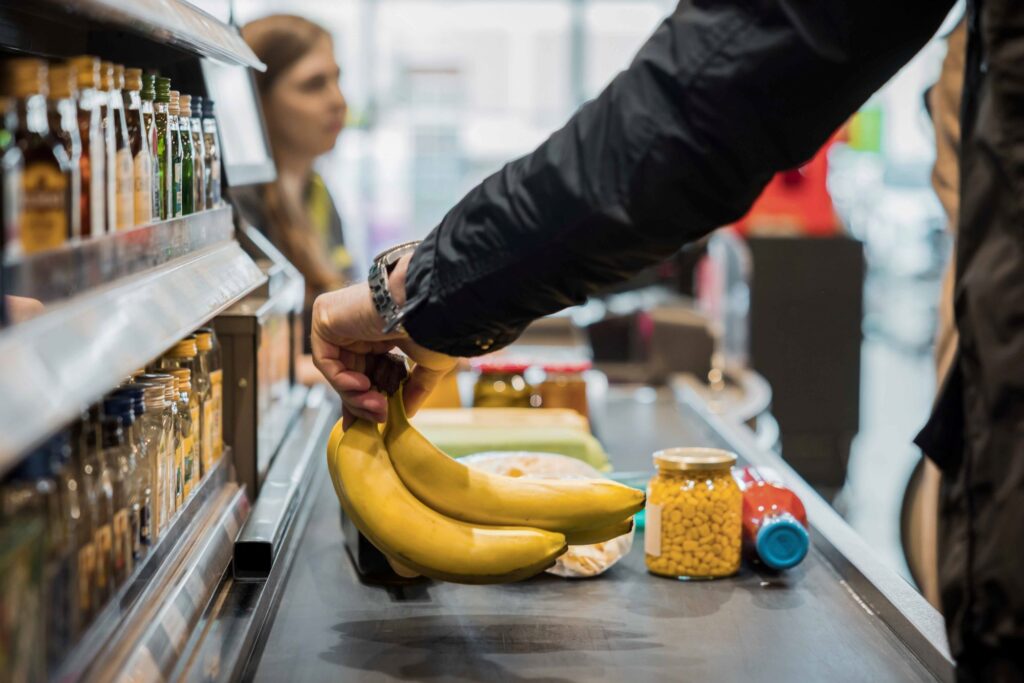New research focuses on households living paycheck to paycheck, yet often with income that’s too high for assistance
In 2023, 28% of workers in Maine’s 20 most common jobs lived in households that couldn’t afford basics, according to new data from United Ways of Maine and its research partner United For ALICE. These workers – the backbone of every community – include healthcare support workers, personal care aides, teaching assistants, waiters and waitresses, and food preparation workers.
The State of ALICE in Maine reveals that traditional measures of poverty have severely undercounted the number of households statewide that are living in financial hardship. While 11% of all households in the state lived in poverty in 2023, the new research shows that 29% – more than twice as many – were ALICE® (Asset Limited, Income Constrained, Employed). Combined, 40% of Maine’s households fell below the ALICE Threshold of Financial Survival in 2023.
ALICE households bring in less than the basic costs of housing, child care, food, transportation, health care and technology, plus taxes. Yet because their income is above the Federal Poverty Level, they often don’t qualify for assistance.
“When we don’t fully account for how many households are struggling, we risk overlooking individuals and entire families who are vital to our communities,” said Dan Coyne, President and CEO, United Way of Southern Maine. “They need resources and opportunities to stay healthy, achieve financial security and reach their fullest potential because strong communities start with making sure no one is left behind.”
ALICE families struggle because their wages don’t cover basic expenses. In 2023, a family of four in Maine needed $91,104 just to cover the essentials – three times the Federal Poverty Level of $30,000. Even with both parents working full time in two of the most common jobs – a personal care aide and a stock worker/order filler – the family still came up $19,084 short.
The State of ALICE in Maine also reveals that in 2023:
- Maine’s 40% of households struggling to afford basic necessities is a higher share than in New Hampshire (36%) but slightly lower than in Massachusetts (41%)—placing Maine 28th among all U.S. states for economic hardship.
- Some groups face financial hardship at disproportionate rates, with 56% of the youngest and 53% of the oldest households in Maine falling below the ALICE Threshold, compared with 33% of headed by people age 25–44 and 34% of households headed by those age 45–64 living below the Threshold.
- Housing continues to be an obstacle for struggling families. Among households below the ALICE Threshold in Maine, 67% of households that rented and 54% of those that owned were housing cost burdened – meaning they paid 30% or more of their income on rent and housing costs.
“ALICE families are especially vulnerable during natural disasters and times of economic uncertainty and yet often feel unseen or left behind,” said Stephanie Hoopes, Ph.D., National Director at United For ALICE. “By providing a name and a way to quantify these households, we’re equipping communities with the data to build solutions that offer better choices and real pathways to stability.”
More state and local data is available through the interactive dashboards on UnitedForALICE.org/maine.
About United Ways of Maine
United Ways of Maine’s mission is to improve lives and create lasting positive change across Maine, by supporting a strong network of local United Ways. There are seven United Ways of Maine (UWME), each independently incorporated, and each governed by local volunteers. UWME partners with individuals, schools, nonprofit organizations, government policymakers, businesses, financial institutions, voluntary neighborhood associations, community development corporations, and the faith community. We have a keen appreciation for the uniqueness of each community in Maine and do not waver in our respect for the local nature and independent governance of each United Way. For more information, visit: unitedwaysofmaine.org.
About United For ALICE
United For ALICE is a U.S. research organization driving innovation, research and action to improve life across the country for ALICE® (Asset Limited, Income Constrained, Employed) and for all. Through the development of the ALICE measurements, a comprehensive, unbiased picture of financial hardship has emerged. Harnessing this data and research on the mismatch between low-paying jobs and the cost of survival, ALICE partners convene, advocate and collaborate on solutions that promote financial stability at local, state and national levels. This grassroots ALICE movement, led by United Way of Northern New Jersey, has spread to 35 states and the District of Columbia and includes United Ways, corporations, nonprofits and foundations in Alabama, Arkansas, Colorado, Connecticut, Delaware, Florida, Georgia, Hawai‘i, Idaho, Illinois, Indiana, Iowa, Kansas, Kentucky, Louisiana, Maine, Maryland, Michigan, Minnesota, Mississippi, New Jersey, New Mexico, New York, North Carolina, Ohio, Oklahoma, Oregon, Pennsylvania, South Carolina, Tennessee, Texas, Virginia, Washington, Washington, D.C., West Virginia and Wisconsin; we are United For ALICE. For more information, visit: UnitedForALICE.org.
